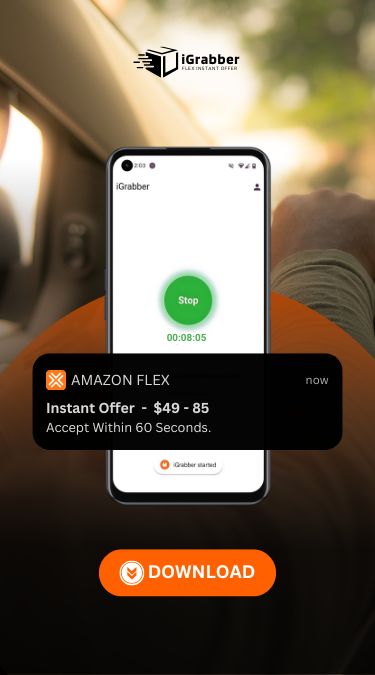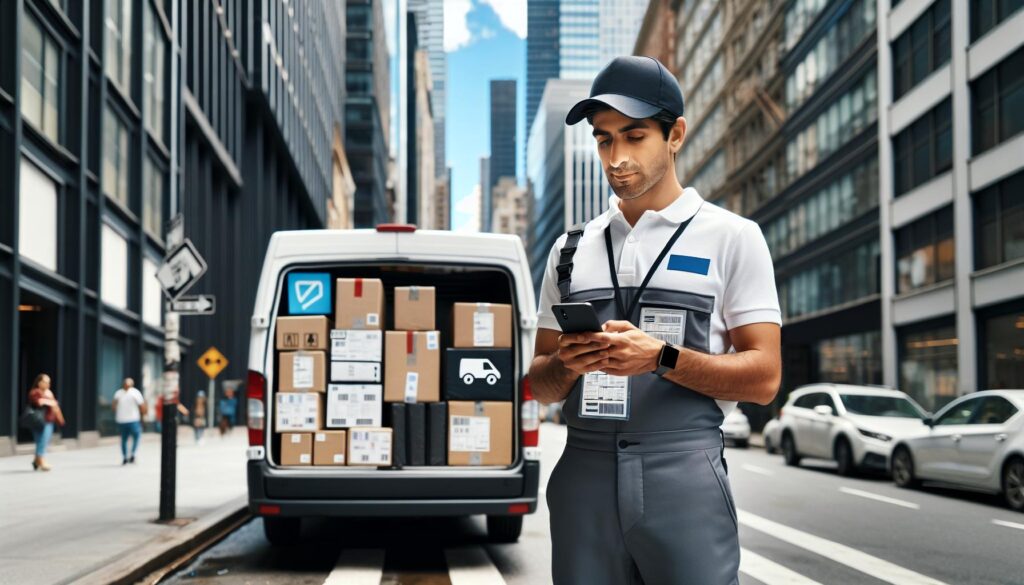In the evolving landscape of delivery services, Amazon has introduced a groundbreaking approach with Amazon Flex. This innovative service mirrors the model of ride-sharing companies like Uber, allowing individuals to deliver packages using their own vehicles. As Amazon Flex gains momentum, it’s transforming package delivery into a flexible, technology-driven experience that benefits both consumers and delivery partners.
Understanding Amazon Flex: A New Delivery Paradigm
Amazon Flex is designed to address the growing demand for swift, efficient package delivery. By empowering individuals to become delivery partners, Amazon taps into a new workforce. This model offers flexibility and independence, making it an attractive option for those seeking supplementary income.
Delivery partners have the autonomy to schedule deliveries at their convenience through a user-friendly app. Available in multiple cities, the service meets Amazon’s commitment to fast and reliable delivery times. This self-scheduling feature enables delivery partners to optimize their work-life balance while contributing to the efficiency of Amazon’s extensive logistics network.
The Amazon Flex Advantage
Amazon Flex offers several distinct advantages for both partners and customers. Let’s explore how this service benefits its key stakeholders:
- Flexibility for Delivery Partners: By choosing their work hours, individuals can adapt their delivery schedule to fit personal commitments. This flexibility is particularly appealing for those balancing multiple jobs or family responsibilities.
- Cost-Effective Solution: The elimination of fixed routes and predefined schedules reduces operational costs. Delivery partners can leverage GPS technology to optimize their routes, conserving time and fuel.
- Meeting Consumer Expectations: With growing expectations for faster delivery times, Amazon Flex addresses consumer demands by enabling more rapid package delivery, enhancing overall customer satisfaction.
Impact on the Gig Economy
The introduction of Amazon Flex is a significant milestone in the gig economy. Like Uber and Lyft, Amazon Flex provides a platform for individuals to earn income through freelance opportunities. This model offers various benefits, including reduced barriers to entry and a scalable framework that can rapidly adapt to market demands.
Moreover, the proliferation of such services underscores the rise of app-based employment, highlighting a shift in how people approach work. The gig economy is no longer limited to transportation services but has expanded to sectors like package delivery, food services, and more.
Seamless Integration with Technology
Technology plays a pivotal role in the success of Amazon Flex. The service relies heavily on its app, designed to simplify the delivery process for partners. Through the app, users can view available shifts, receive navigation guidance, and communicate with Amazon’s support team.
Artificial intelligence and machine learning are instrumental in optimizing delivery routes and ensuring time-efficient deliveries. By constantly analyzing traffic patterns and delivery data, these technologies help delivery partners navigate the urban landscape effectively.
Challenges and Considerations
Despite its advantages, Amazon Flex faces several challenges. As with any gig economy platform, ensuring consistent service quality can be complicated. Since delivery partners are independent contractors, maintaining uniform standards for customer interactions and package handling requires robust training systems and feedback mechanisms.
Additionally, the hybrid nature of Amazon Flex poses logistic challenges. Coordinating between full-time Amazon employees and independent delivery partners demands seamless communication and systems integration.
Offering incentives aligned with performance metrics can mitigate some of these challenges. These might include bonuses for positive customer feedback, timely deliveries, and maintaining high service standards.
The Future of Amazon Flex
As Amazon Flex continues to expand, its future appears promising. The ongoing digital transformation suggests that demand for flexible, efficient delivery solutions will only increase. Amazon Flex is well-positioned to capture a significant share of this evolving market by continually refining its service and leveraging advanced technology.
Furthermore, the expanding influence of Amazon Flex will undoubtedly spur competition. Other logistics providers may adopt similar models, intensifying the pace of innovation across the industry.
Conclusion and Further Reading
Amazon Flex is a game-changer in the logistics sector, offering a blend of flexibility, efficiency, and technological integration. By redefining package delivery, Amazon is setting new standards for consumer fulfillment and expanding choices for those entering the gig economy.
For those interested in embracing a new way of package delivery, learning more about the inner workings of services like iGrabber can offer additional insights. Discover how companies are optimizing similar models and reshaping the market landscape.
For a more detailed account of Amazon Flex’s launch and its implications, please refer to GeekWire’s comprehensive analysis.
Amazon Flex is just the beginning of how technology will continue reshaping industries. As delivery services become more integrated into our everyday lives, embracing these changes will lead to more efficient markets and better consumer experiences.
As the gig economy grows and individuals seek more flexible work solutions, we’ll see more opportunities arise. Amazon Flex represents a shift in traditional employment models, paving the way for future innovations in the world of logistics and beyond.





